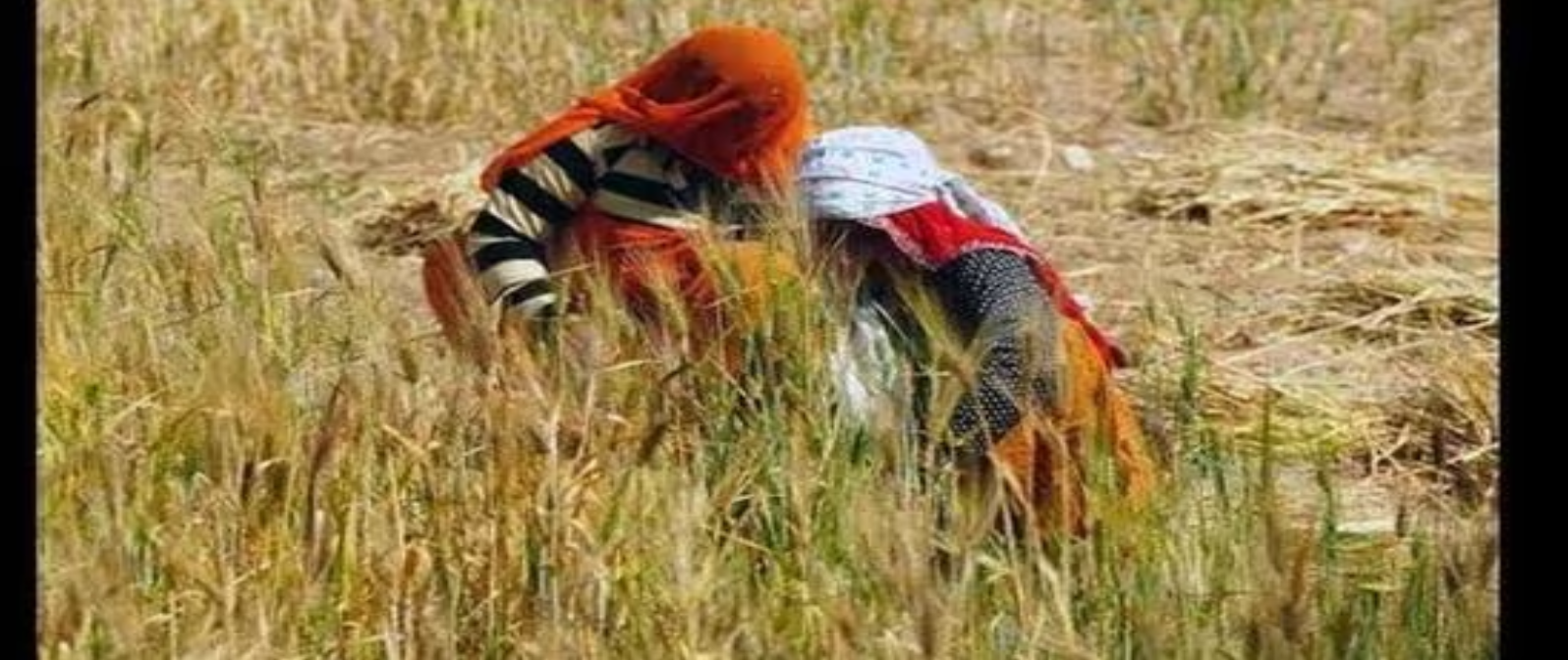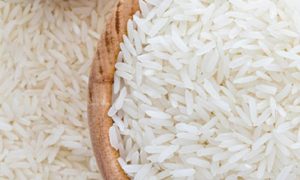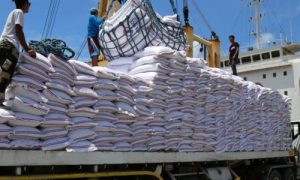HT Archives: New frontiers in farming

The per acre yield of cereals and millets has remained stagnant during the last several decades. Several solutions, such as cultivation of new varieties, control of diseases, more irrigation etc, have been suggested to step up production. Nevertheless, the progress has not been marked largely owing to the inadequacy of human motivation caused by the low yield and income possibilities of food crops like wheat, jowar and bajra.
The release of the dwarf varieties of wheat and rice and hybrids of jowar, maize and bajra, has during the last few years changed the entire situation. A visit to the villages having irrigation and other facilities would bear testimony to the remarkable transformation now taking place in agriculture all over the country. New motivation and inspiration are being provided by the very high yields, now possible. through the use of certified seeds. vis-a-vis the adoption of improved practices.
The Indian Agricultural Research Institute, New Delhi, has pioneered research and development efforts in evolving outstanding dwarf wheat varieties. Over 10.000 crosses have been made at the Institute during the last four years and several outstanding new selections possessing the dwarf character and the desirable grain quality have been made. Selections were also made from the material originally received from Mexico and two such selections, S.227 and S.308. have now become very popular S.227 gave in the village Punjabkhod of Delhi State 68 quintals per hectare during 1965-66 (i.e., 74 maunds per acre). This variety has been grown in nearly 200 acres in Delhi State and several farmers are attempting to set up a world record of spring wheat yield with this variety.
The red colour of the seed of the wheat -varieties, Sonora 64 and Lerma Rojo, has now been corrected and sharbati type of grains have been introduced in them by exposing the seeds of these varieties to gamma radiation. These mutants are being multiplied on a large scale and will be grown in considerable areas during the next season. In addition to the improvement in gram appearance, the protein content in the grain has been raised from 10 per cent in the parent material to 15 per cent in the mutants. This is of very great significance in view of the widespread protein malnutrition in the country.
Nearly a million acres have been grown during the rabi 1966-67 season with dwarf wheats. Therefore, there should be no dearth of seeds of these varieties for covering the entire irrigated acreage of 10 million acres under wheat during the coming season. The Jawahar Jounti Seed Cooperative Society started two years ago in the Jounti Village of Delhi State has made remarkable progress. The whole village has become transformed into a skilled seed producing unit and the farmers have put up a seed processing building of their own. Seed villages of this type help to achieve rapid progress in the multiplication of seeds of new varieties.

















